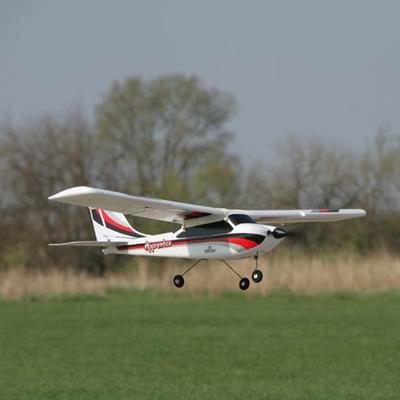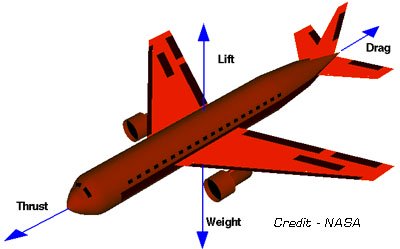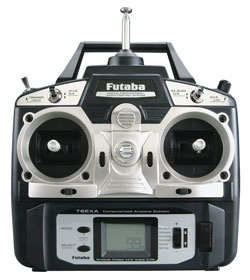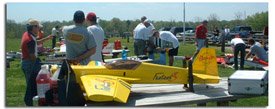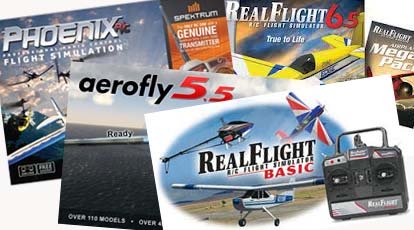RC Airplane Control choice and flexibility
by Mike
(Glasgow, United Kingdom)
Here are some questions that I hope someone with more knowledge than me can answer.
I recently got bitten by the RC ‘plane bug. The aerodynamics started to fascinate me so I set out to learn more by designing a scratch build, slow flying plane with precision and STOL flying characteristics (Max. speed about 50 mph, stall speed as low as possible but with maximum controllability and stability). The way I see it, up to a point, the more I understand of the engineering, the better I might be able to master flying the plane(s).
What is really cracking me up is the radio control setup i.e. I don’t understand it and all the choices. I have a Spektrum DX6i transmitter but no receiver. I frequently use it with Phoenix Flight Sim to get a start on....eeeemmm....simulated flying while the winter weather prevents real flying. While I get on with designing and building my plane it’s a start.
Questions
1. Given that I have the Spektrum DX6i transmitter what is a good, reasonably economic but reliable setup of electronics that can be used in a variety of planes with weight (excluding motor and all other electronics) between 2.5 and 5lbs (1.1 to 2.2 kg)?
2. Which electric motor with what propeller? My plane is classic (Cub or Taylorcraft...ish style so I prefer wooden.
3. Which full range receiver? I reckon the Spektrum AR6200 DSM2 but is there an equivalent alternative that works with the DX6i transmitter?
4. Which servos? I prefer the precision and reliability of the digital types.
5. Which ESC for precision control of speed?
6. Should I use an external UBEC or SBEC and which one?
7. Which battery – given that I want long (15 minutes +), slow ‘scale’ flights.
My Current Design (dimensions rounded up for simplicity)
The wing (including fuselage) I have on plan is 72 x 11 inches. Area 778 square inches (50 dm^2).
Each of the 2 ailerons are 14 x 3 inches. Area 42 square inches (2.71 dm^2).
Each of the 2 flaps is 16 x 3 inches. Area 48 square inches (3.1) dm^2).
As you got to this point (whew!!!) you are obviously an enthusiast and I look forward to reading your reply. Many thanks.
Comments for RC Airplane Control choice and flexibility
|
||
|
||
|
||
Let’s Go Flying! |
|
5 Steps for Successful First Flight! When the RC bug bites, it bites hard! Control yourself my friend! Save yourself much time and money by following these five steps to success! |
